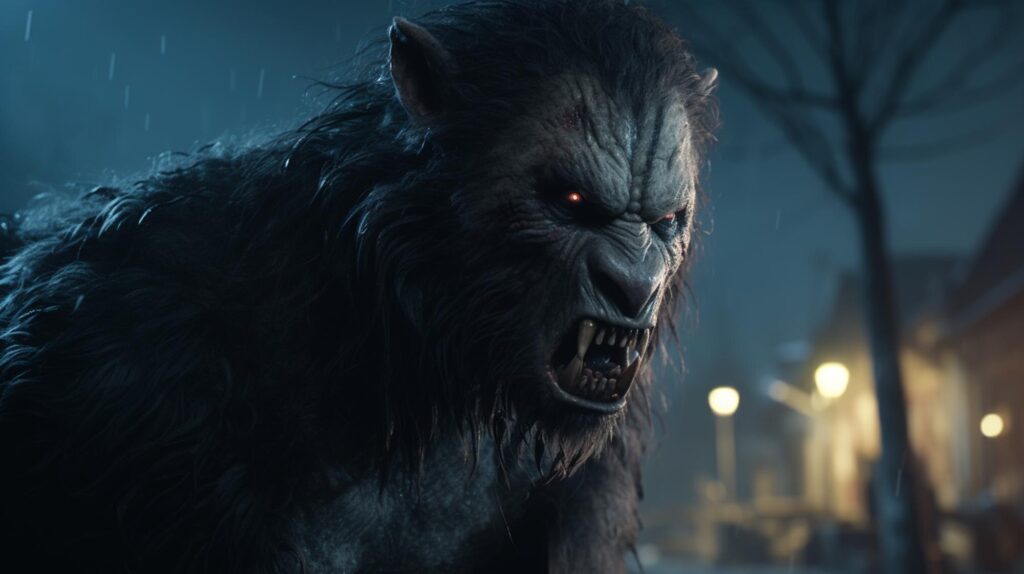Werewolf Knight
Marrocke, Merrak, Mewreke
Sir Marrok is mentioned only twice in Malory, once as one of Arthur’s personal bodyguard (along with the notable knights Lancelot, Bors, Kay, and Marhaus) in the war with Emperor Lucius. The second reference, however, where Marrok appears among the Round Table knights who try to heal Sir Urre, is the interesting one:
Sir Marrok, the good knight that was betrayed with his wife, for she mad him seven year a wer-wolf.

“I [Christopher W. Bruce] believe Marrok must be a werewolf knight whom I encountered years ago, in retelling of an old tale which I later learned was apparently one of Marie de France’s.”
This knight’s wife pestered him to know where he went when he left her for several days and nights of every week. At last he confessed that, through no fault of his own, he was a werewolf – here, simply a man who turns into a wolf of normal appearance, identical in body to natural wolves, and no more dangerous – probably less dangerous – to humans than they. He had to leave his clothes in a special hiding-place when he became a wolf, for if he did not have them to put on again when his wolftime was up, he would not be able to change back into a man. This pleased his wife, who loved another knight better. She stole her husband’s clothes, and he had to remain a wolf full-time for seven years.

Then one day the King came hunting. The wolf seemed to appeal to him for clemency, acting like a dog or, almost, like a human. Struck with the animal’s behavior, the King forbade it to be killed and had it taken back to court instead. The wolf was gentle to all humans, except two: whenever he saw his wife or her lover, he went for them savagely.
This aroused the King’s suspicions, and he questioned the wife and lover until he had a full confession of what the woman had done and where she had hidden her husband’s clothes. (C.W. Bruce believe the wife and the lover were then executed, but cannot remember for sure.)
The King and his barons recovered the clothes and laid them out on a bed in front of the wolf, but the wolf only looked at them. “He’s been a wolf too long,” said some of the barons. “He can no longer change back.” The King realized that the wolf would naturally be reticent about changing back in full view of a sizeable audience, so he took all the men out of the chamber and had the door closed. When, about an hour later, the ventured in again, they found the knight fully dressed, lying asleep on the bed.
In Le Morte d’Arthur of Thomas Malory, Marrok is depicted as a loyal knight of Arthur who fights alongside him in the final battle against Mordred. During the battle, Mordred engages Marrok in combat and ultimately kills him. Marrok’s death is seen as a tragic loss for Arthur and his knights, who mourn the loss of a brave and noble warrior.
The story of Marrok’s death is not present in all versions of Arthurian legend, and the specific details can vary depending on the source material. However, the general consensus is that Marrok was a valiant and heroic figure who fought for Arthur and his kingdom, and his death at the hands of Mordred is seen as a poignant and tragic moment in the story of Arthurian legend.
See also
Werewolves | Myths and Legends
Sources
Alliterative Morte Arthure | c. 1400
Syre Gawene and the Carle of Carlyle | c. 1400
The Carle off Carlisle | Early 16th century
Le Morte Darthur | Sir Thomas Malory, 1469-1470
